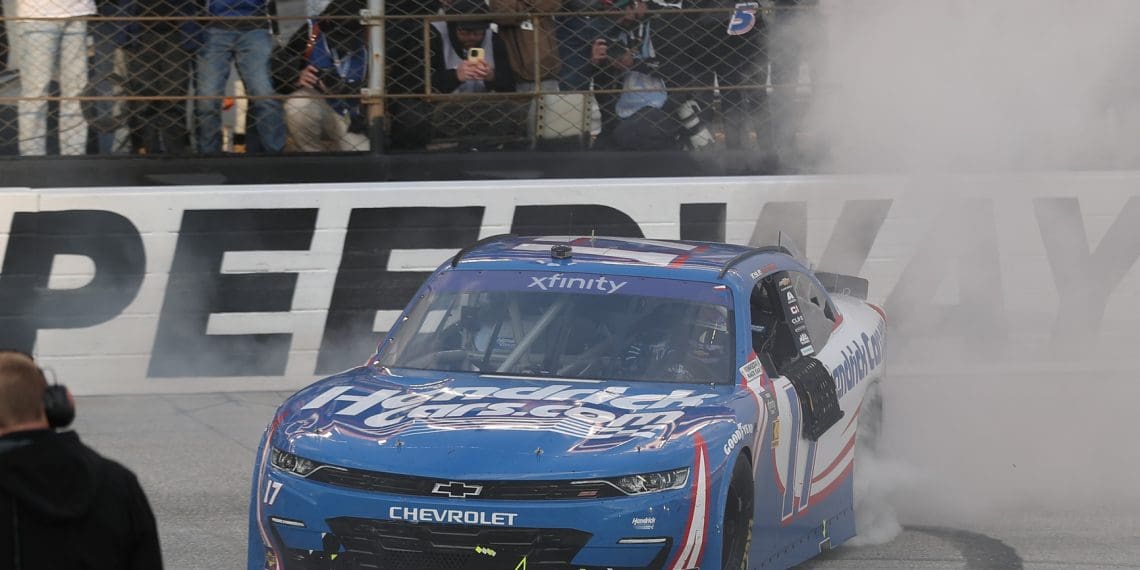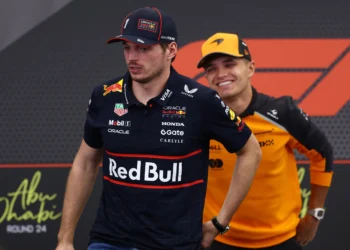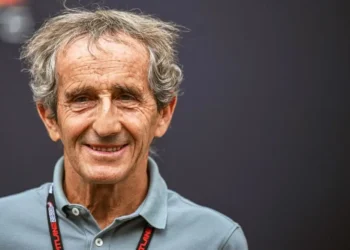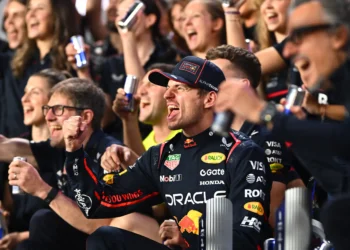Kyle Larson’s Dominance Raises Questions About Xfinity Driver Standards
In a display of sheer dominance, Kyle Larson showcased his exceptional talent at Bristol Motor Speedway, leaving the NASCAR community in awe. The Hendrick Motorsports superstar not only won both the Xfinity and Cup races but also lapped competitors up to the 12th position in the Xfinity race, highlighting the vast skill gap between himself and the rest of the field.
Denny Hamlin, who finished second to Larson in the Cup race, couldn’t help but question the competitiveness of Xfinity drivers compared to their Cup counterparts. Hamlin pointed out the significant difference in pace between the two series, emphasizing Larson’s unmatched performance.
Larson’s 276 laps led in the Xfinity race, representing 92% of the total laps, underscored his unparalleled dominance. Despite racing against drivers with similar equipment, Larson’s pace was unmatched, with seasoned veteran Justin Allgaier failing to challenge him effectively.
Hamlin’s remarks about Xfinity drivers being predominantly “paid” raised eyebrows in the NASCAR community, shedding light on the ongoing debate about talent versus funding in the sport. While acknowledging the potential of young drivers like Carson Kvapil, Hamlin highlighted the difficulty for emerging talents to break through in the Xfinity Series due to the prevalence of pay drivers.
Larson’s deliberate intention to embarrass the Xfinity field with his victory further fueled the controversy surrounding the standards of Xfinity drivers. His desire to push the limits and showcase the disparity in talent levels between Cup drivers and their Xfinity counterparts stirred up discussions about the restrictions imposed on Cup drivers in the lower series.
As Larson continues to push boundaries and set new records in NASCAR, his performance at Bristol Motor Speedway serves as a testament to his extraordinary skills and unwavering determination. The question remains – will the Xfinity Series rise to the challenge and bridge the gap in competitiveness, or will Larson’s dominance persist as a reminder of the talent divide in NASCAR’s lower divisions?










